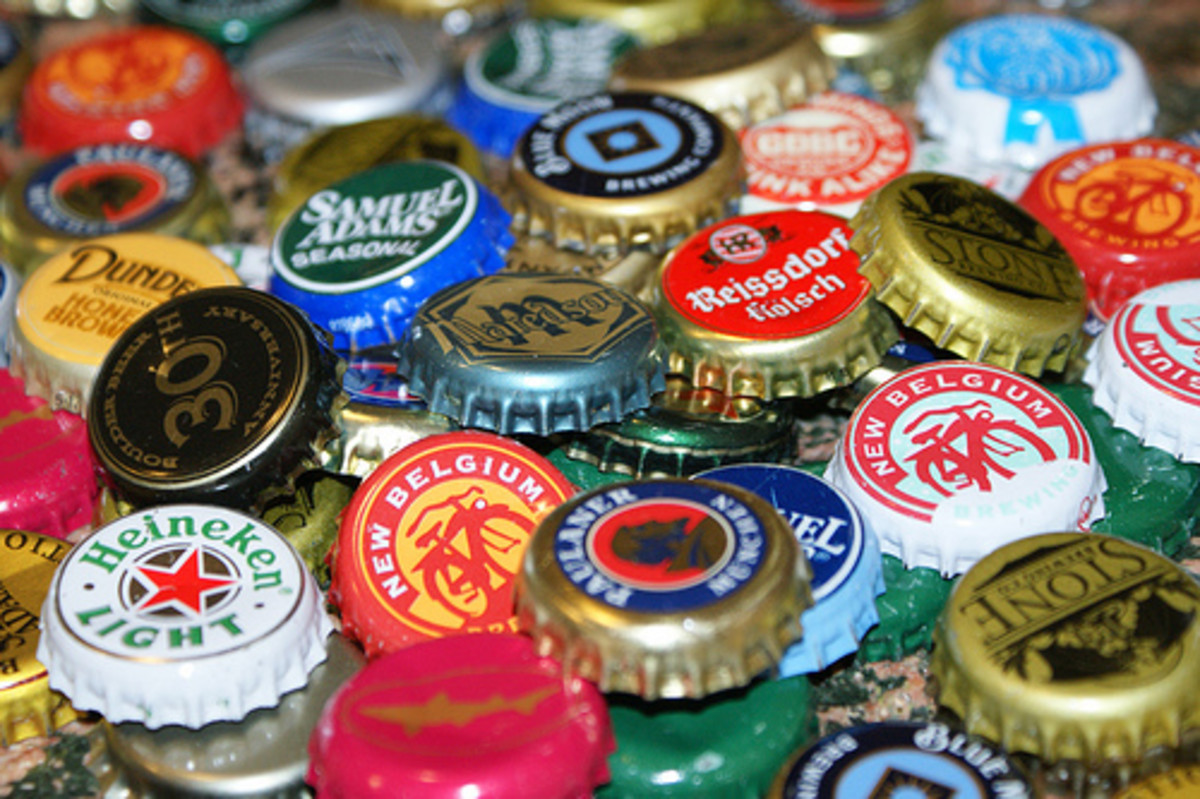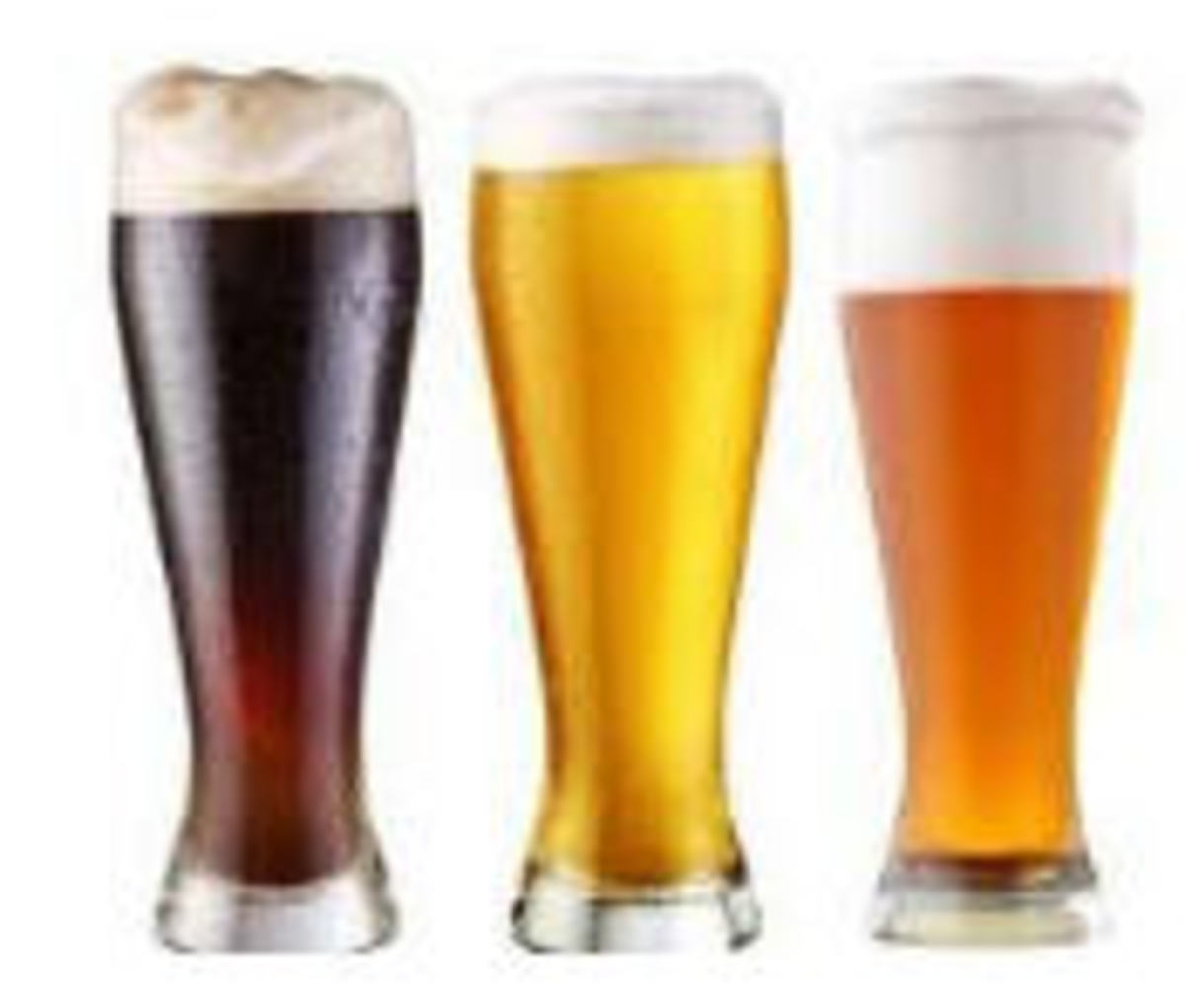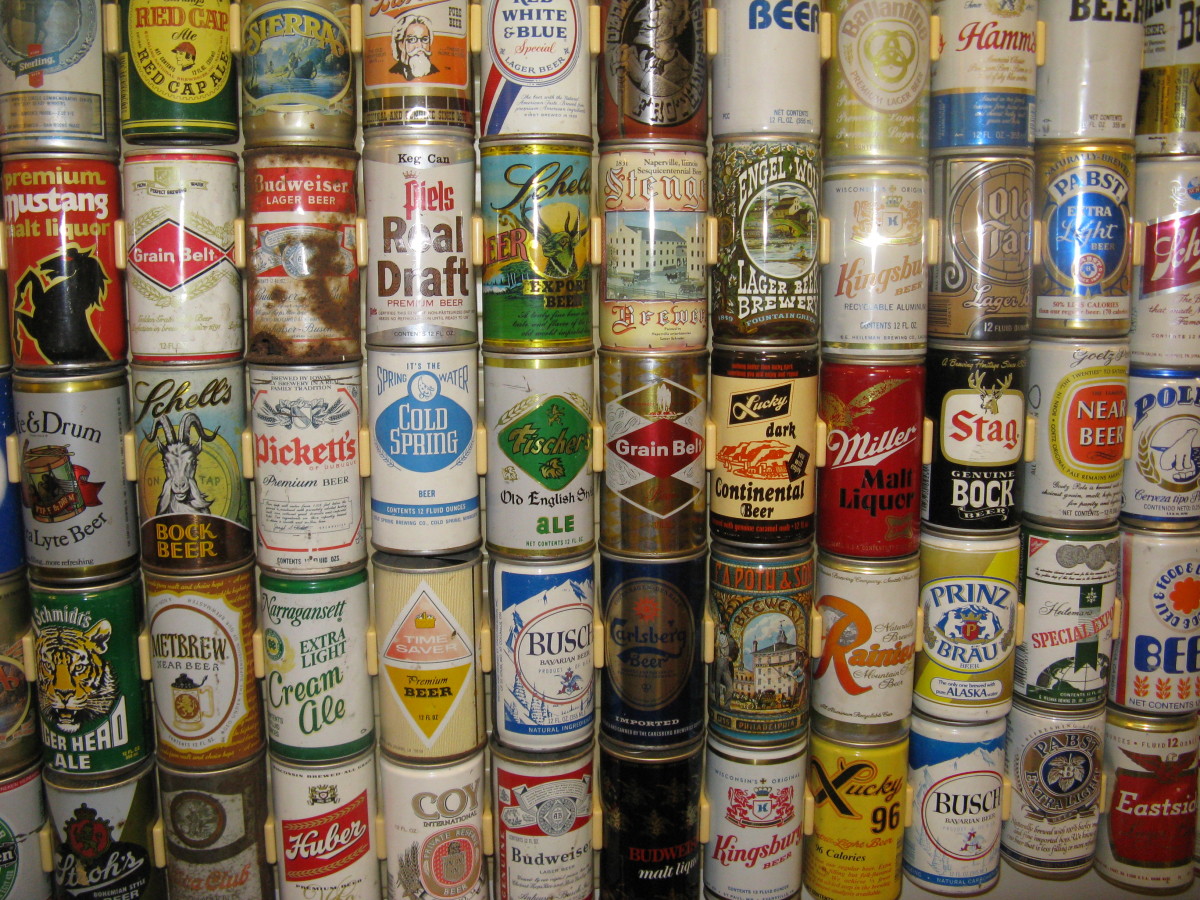Craft Beer Explained: Beer Types, Origins & Food Pairings
Ale vs. Lager
Everybody loves beer, right? But many of you may think simply of that disgusting light beer stuff that we all drank during college. But there is a much richer, more amazing world of craft beer, that is brewed with care by microbreweries all over the world. However, with this comes an endless variety of brewing methods and flavors. This can be somewhat intimidating for new craft beer drinkers, so it's important to understand some key differences. First, let's take a look at the two main categories of craft beer: Ale and Lager.
Lager
Lager is fermented at a much lower temperature than Ale, as well as using a type of yeast that remains on the bottom of the container, and between these two facts the product tastes very crisp. It's filtered nature makes it very smooth and a more popular style that makes it more mass produced. The name 'Lager' comes from the word 'Lagern' which means 'to store' which lends to it's mass produced and commercialized nature.
Ale
In contrast, Ale is fermented at a higher temperature and involves a type of yeast that actually floats to the top of the liquid during the process. The quicker fermentation leads to a more full, less filtered taste that is often sweeter and fruitier, and there is also usually the inclusion of more hops that add bitterness. There is a wider variety of Ales than Lagers in general, and they tend to be less mass produced and more involved in the Craft Beer world.
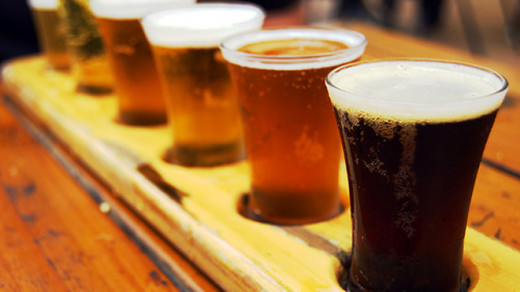
Types Of Lager
Here is a breakdown of the different basic types of Lager:
Pale Lager
One of the most newly created types of beer, Pale Lager is the category where most of your commercial beers such as Budweiser and Coors would reside, as it is a lot lighter, more carbonated and lower in alcohol content. A good example of a type of Pale Lager is a Pilsner. These beers are light and golden in color and should be served very cold due to their refreshing, more hoppy nature.
Amber Lager
Amber Lager is also very popular and examples of it are Sam Adams Boston Lager or Yuengling Lager. It is a brownish red color and contains a little more flavor than the more commercial Pale Lagers. It is beer with a more malty smell and flavor and is often a little sweeter and less carbonated. It is a much more historically rich type of lager and has been around much longer than Pale Lager.
Bocks
Originally from Germany, a Bock is a very dark lager that is characterized by being much stronger and also containing more malts than most others. The hops are usually a little less noticeable and the beer is fairly sweet. This makes it a very popular type of beer, and also led to it having a variety of different versions which continue to develop. Popular varieties include Doppelbock and the much stronger Eisbock.
Dark Lager
Dark Lagers are a little less strong than some Bocks but even darker to the point of being completely Black sometimes. In this sense they are often similar to Stouts. They are lesser used these days but were historically very popular.
Special Lagers/Other
There are also a large number of less categorized Lagers which are made in more creative manners. These include more fruity lagers, spiced lagers, lagers seasoned with specific an season ingredients such as a Christmas Lager, or even a rarer Smoked Lager. These are most popular at relevant times of year, or by those who enjoy more interesting and creative types of lager.
Types Of Ale
Here is a breakdown of the different types of Ales:
Porters/Stouts
Porters are a very dark variety of beer, given their name from those who used to drink them. While they are dark, they are less potent in strength and flavor, making them easier to drink. They are often considered great beers for sipping slowly, and have a sweet, malty flavor.
The Stout is derived from the porter, and is generally a darker, stronger type of porter. These were declared 'stout porters' by drinkers many years ago, and this name eventually stuck. There are a number of different types of stout, often allowing for creative flavors. Examples are Dry Stouts, Sweet Stouts, and a personal favorite of mine, the Oatmeal Stout.
Brown Ale
Brown ales are a very accessible variety of ale, as they are not too potent in any area, but instead have a nice, low-key flavor that is often said to have a hint of caramel. It is a nice thickness that makes it a nice compromise between the lighter beers and the heavier ones. Most are not noticeably hoppy either, although some varieties may add more hops.
Amber Ale
Usually light brown and copperish in color, an Amber Ale is a type of beer that is known more for it's color than it is for its flavor profile, since there is such a wide variety available. The more finely crafted Amber ales tend to be less hoppy and more malty in flavor.
Pale Ale
Crafted using a very pale malt, Pale Ales are perhaps the least defined category, containing the widest variety of different sub-types. These include the likes of Blondes, Double Imperial, India Pale Ale (IPA) and Bitters. IPA is one of the most popular craft beer varieties in the United States. There is also the 'Strong Ale' which is a stronger version of the Pale Ale.
Belgian Ales
Belgian Ale is of course categorized by its Belgian based style, but there is again a wide variety of Belgian Ale on offer. These are often very yellow in color, and usually have very refreshing flavors including herbs, citrus and spices, which make them lovely beers to enjoy outside in warm weather.
Wheat Ales
Again very popular in hot weather, Wheat Ales can be similar to Belgian at times, as they are often very fruity and golden in color. Of course, the brewing process includes high levels of wheat and top-fermentation. There are a lot of very popular wheat beers, including the Witbier and the Hefeweizen.
Special/Other Ales
Similar to Lagers, there are also a number of seasonally, or specially crafted ales, such as Christmas Ale, Pumpkin Ale and Spiced Ale. These are generally flavored based on a particular season or holiday and include the typical flavors and aromas most popular around that time. These are also often crafted to match specific foods.
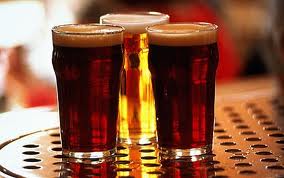
Check Out Some Basic Beer Food Pairings
Beer Type
| Foods
|
|---|---|
Pale Ale
| American style bar foods, burgers, most meat dishes.
|
I.P.A
| Spicy foods such as Indian Food
|
Amber Ale
| Seafood, Chicken, Spicy Foods
|
Brown Ale
| Heavy, hearty foods such as pork and sausage.
|
Porters
| Smoked, roasted and BBQ food
|
Wheat Ale
| Lighter foods such as salad and sushi
|
Witbier
| Seafood
|
Stouts
| Salty foods, foods with brown sauce such as meat pie
|

